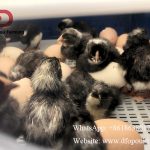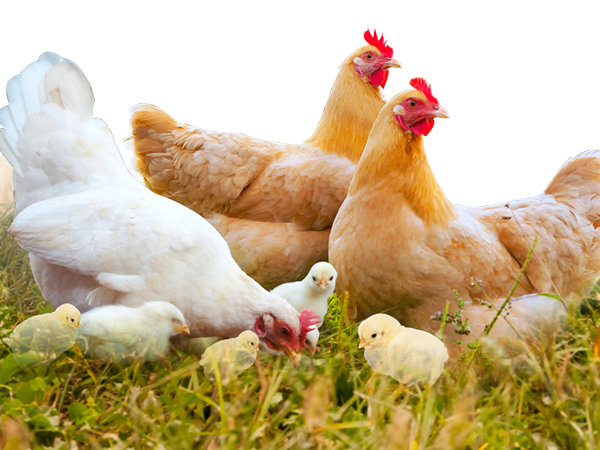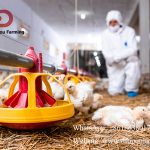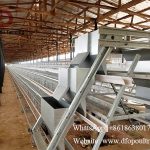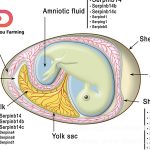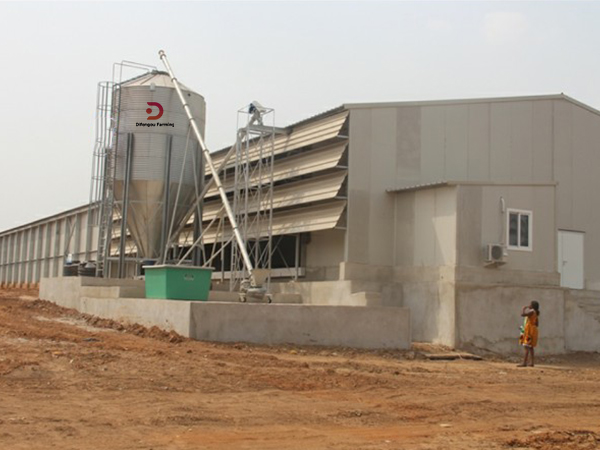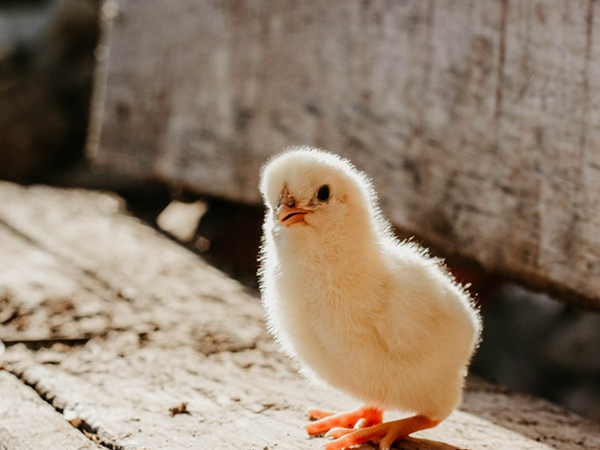Major Breeds of Laying Hens
Major Breeds of Laying Hens
Modern poultry farming is far beyond traditional poultry farming. Its key features include raising chickens in high-density cages under controlled environments, replacing traditional free-range farming. Chickens are fed with nutritionally balanced compound feed, similar to machines in a factory producing goods. This approach, known as industrialized poultry farming, treats chickens as “living machines” that produce eggs and meat for humans.
In terms of business operations, specialized and integrated production is implemented, meaning each department operates independently while collaborating to form an efficient and well-managed system. This approach helps improve technology, simplify management, reduce production costs, and achieve higher economic benefits. The production and management process is mechanized and automated, reducing labor-intensive manual work and greatly increasing productivity.
The nutrition of chicken feed has shifted from single-source to balanced feed formulated according to the nutritional needs of the chickens, allowing them to maximize their genetic potential. Instead of using purebred or randomly crossbred chickens, high-yield hybrid chickens have been widely adopted, which are more suitable for intensive farming, with high and stable production, low feed consumption, and strong vitality.
In terms of disease prevention, modern poultry farming has transitioned from relying on natural survival to implementing strict scientific disease prevention and disinfection measures. This ensures chickens can complete their production cycle smoothly, effectively producing eggs and meat for humans. It is undeniable that poultry breeders have made significant contributions to modern poultry farming by breeding and selecting high-yield chicken breeds. Good breeds are the foundation of high egg production; without these excellent breeds, industrialized poultry farming would not exist.
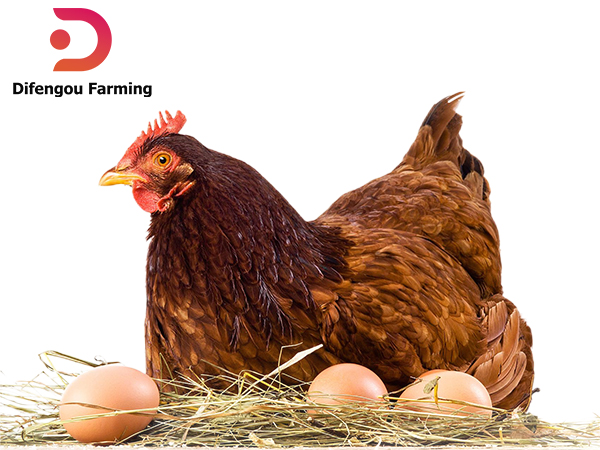
I. White-Shelled Egg Layers
White-shelled egg layers are primarily bred from Leghorn chickens and are the typical representative of egg-laying chickens.
Characteristics:
- Early maturity and high egg production
- No brooding instinct
- Small body size, low feed consumption, and high feed efficiency for egg production
- High stocking density, resulting in more eggs per unit area
- Strong adaptability to various climatic conditions
- Very low incidence of blood spots and meat spots in eggs
These chickens are highly suitable for intensive caged management. However, they also have some disadvantages:
- Smaller egg size
- Nervous and timid, with poor stress resistance
- Active and prone to flying, requiring high fences in free-range systems
- Prone to pecking habits, particularly vent pecking at the onset of laying, leading to higher mortality rates
In China, white-shelled eggs are priced slightly lower than brown-shelled eggs, and due to consumer preferences for brown eggs, white eggs are less popular. This traditional consumption habit is unlikely to change in the short term.
1. Starcross 288
Developed by Canada’s Shaver Company, Starcross 288 was originally a three-way crossbreed but is now a four-way crossbreed. It has been one of the world’s most famous white egg-laying chickens, raised in over 90 countries.
- Genetic egg production potential: 300 eggs
- Guaranteed egg production per hen: 260–285 eggs
- 20-week-old weight: 1.25–1.35 kg
- End-of-lay weight: 1.75–1.95 kg
- Survival rate from 0–20 weeks: 95%–98%
- Laying period survival rate: 91%–94%
- Egg weight: 60.4 g
- Feed conversion rate: 2.5 kg of feed per kg of eggs
2. Hisex White
Developed by the Dutch company Euribrid, this four-way hybrid is known for its high egg production and large egg size. It is considered one of the highest-yielding white egg layers today.
- Lays first egg at 135–140 days
- Reaches 50% lay rate at 160 days
- Peak lay rate over 90% at 210–220 days
- 72-week egg production: 274.1 eggs
- Egg weight: 60.4 g
- Feed conversion rate: 2.6 kg per kg of eggs
3. Babcock B-300
Developed by the American company Babcock, this breed is widely raised in over 70 countries, second only to Starcross 288.
- High egg production with moderate egg size
- Excellent feed efficiency
- 72-week egg production: 275 eggs
- Peak production: 283 eggs per hen
- Egg weight: 61 g
- Feed conversion rate: 2.5–2.6 kg per kg of eggs
II. Brown-Shelled Egg Layers
Due to breeding advancements, brown egg layers have evolved from dual-purpose breeds to specialized egg-laying breeds and are increasingly popular worldwide.
Advantages:
- Larger eggs, even in early production
- Lower egg breakage rate, making them suitable for transportation and storage
- Docile temperament with low sensitivity to stress, making them easy to manage
- Larger body size, providing higher meat yield from surplus males
- Better cold resistance and stable winter egg production
- Less pecking behavior, leading to lower mortality and culling rates
- Sex-linked feather color allows easy gender identification in chicks
Disadvantages:
- Higher feed intake (5–6 g/day more than white egg layers)
- Requires more space (15% more than white egg layers)
- Lower egg production per unit area (5%–7% less than white egg layers)
- Prone to obesity, requiring feed restriction to maintain egg production
- Larger body size with lower heat tolerance
- Higher incidence of blood spots and meat spots in eggs
1. Hy-Line Brown
Developed by the American Hy-Line company, this breed is well-adapted to various environments and has high survival and feed efficiency.
- 80-week egg production: 354–361 eggs
- Egg weight: 22.0 kg total
- Feed efficiency: 1.99 feed-to-egg ratio
- Peak lay rate: 94%–96%
2. ISA Brown
Developed by France’s ISA Company, this medium-sized breed is disease-resistant and widely raised in China.
- 80-week egg production: 355 eggs
- Egg weight: 23.2 kg total
- Feed efficiency: 1.96 feed-to-egg ratio
3. Lohmann Brown
Developed by Germany’s Lohmann company, this breed is heat-tolerant, docile, and widely raised in China.
- 80-week egg production: 354 eggs
- Egg weight: 22.6 kg total
- Feed efficiency: 2.0–2.2 feed-to-egg ratio
III. Tinted-Shelled Egg Layers
Tinted eggshell layers result from crossbreeding Rhode Island Reds with White Leghorns, producing eggs with shells between brown and white. In China, they are commonly referred to as “pink-shelled eggs.”
1. Starcross 444
Developed by Canada’s Shaver Company, this three-way hybrid has strong production performance:
- 72-week egg production: 265–280 eggs
- Egg weight: 61–63 g
- Feed efficiency: 2.45–2.7 feed-to-egg ratio
- Laying period survival rate: 91.3%–92.7%
IV. Green-Shelled Egg Layers
Green-shelled egg layers are named for their unique green eggs. This breed is unique to China and has been listed as a “National Special Resource Protection Project” by the former Ministry of Agriculture.
Characteristics:
- Strong disease resistance and adaptability
- Prefers eating fresh greens and vegetables
- Easy to manage, with similar care requirements as regular chickens
- Small, compact body, agile, and well-proportioned
- Early maturity with relatively high egg production
Production Performance:
- Roosters: 3.2–4.5 kg
- Hens: 1.9–3.1 kg
- Annual egg production: 160–180 eggs
This breed’s unique egg color and high adaptability make it a valuable genetic resource in poultry farming.
📞 Want to learn more about poultry farming?
Feel free to contact us!


